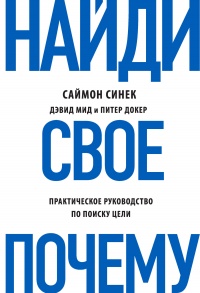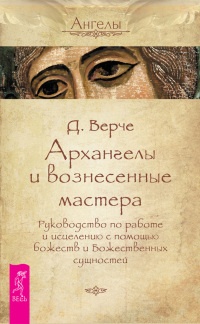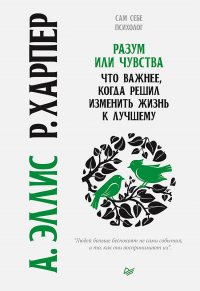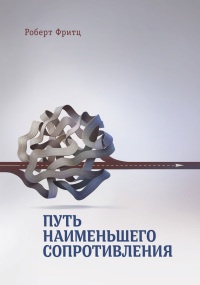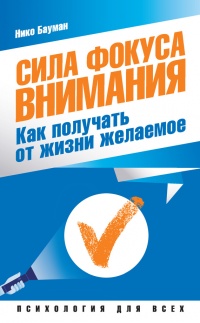Ознакомительная версия. Доступно 19 страниц из 93
de Rooij, N. K., Linn, F. H. H., van der Plas, J. A., Algra, A., and Rinkel, G. J. E. (2007). Incidence of subarachnoid haemorrhage: A systematic review with emphasis on region, age, gender and time trends. Journal of Neurology, Neurosurgery & Psychiatry, 78(12): 1365–1372.
Roser, M. E., Fugelsang, J. A., Dunbar, K. N., Corballis, P. M., and Gazzaniga, M. S. (2005). Dissociating Processes Supporting Causal Perception and Causal Inference in the Brain. Neuropsychology, 19(5): 591–602.
Rothman, K. J. (1976). Causes. American Journal of Epidemiology, 104(6):587–592. Reprinted in 141(2), 1995.
Rothman, K. J. (1990). No Adjustments Are Needed for Multiple Comparisons. Epidemiology, 1(1): 43–46.
Rothman, K. J. and Greenland, S. (2005). Causation and Causal Inference in Epidemiology. American Journal of Public Health, 95(S1): S144–S150.
Rothwell, P. M. (2005). External validity of randomised controlled trials: “To whom do the results of this trial apply?” The Lancet, 365(9453): 82–93.
Russell, B. (1912). On the Notion of Cause. Proceedings of the Aristotelian Society, 13(1912–1913): 1–26.
Russo, F. (2006). The Rationale of Variation in Methodological and Evidential Pluralism. Philosophica, 77(1): 97–124.
Russo, F. and Williamson, J. (2007). Interpreting Causality in the Health Sciences. International Studies in the Philosophy of Science, 21(2): 157–170.
Salganik, M. J., Dodds, P. S., and Watts, D. J. (2006). Experimental Study of Inequality and Unpredictability in an Artificial Cultural Market. Science, 311(5762): 854–856.
Sandvei, M., Mathiesen, E., Vatten, L., Müller, T., Lindekleiv, H., Ingebrigtsen, T., NjØlstad, I., Wilsgaard, T., LØchen, M.-L., Vik, A., et al. (2011). Incidence and mortality of aneurysmal subarachnoid hemorrhage in two Norwegian cohorts, 1984–2007. Neurology, 77(20): 1833–1839.
Sato, E., Furuta, R. A., and Miyazawa, T. (2010). An Endogenous Murine Leukemia Viral Genome Contaminant in a Commercial RT-PCR Kit is Amplified Using Standard Primers for XMRV. Retrovirology, 7(1): 110.
Saunders System Birmingham Co. v. Adams (1928). 217 Ala. 621, 117 So. 72.
Scheines, R. (1997). An Introduction to Causal Inference. In V. R. McKim and S. P. Turner (eds.), Causality in Crisis, pp. 185–199. University of Notre Dame Press, Notre Dame, IN.
Schlottmann, A. (1999). Seeing It Happen and Knowing How It Works: How Children Understand the Relation Between Perceptual Causality and Underlying Mechanism. Developmental Psychology, 35(5): 303–317.
Schlottmann, A., Allen, D., Linderoth, C., and Hesketh, S. (2002). Perceptual Causality in Children. Child Development, 73(6): 1656–1677.
Schlottmann, A., Ray, E. D., and Surian, L. (2012). Emerging perception of causality in action-and-reaction sequences from 4 to 6 months of age: Is it domain-specific? Journal of Experimental Child Psychology, 112(2): 208–230.
Schlottmann, A. and Shanks, D. R. (1992). Evidence for a distinction between judged and perceived causality. The Quarterly Journal of Experimental Psychology, 44(2): 321–342.
Schoenfeld, J. D. and Ioannidis, J. P. (2013). Is everything we eat associated with cancer? A systematic cookbook review. The American Journal of Clinical Nutrition, 97(1): 127–134.
Schulz, K. F. and Grimes, D. A. (2002). Blinding in randomised trials: Hiding who got what. The Lancet, 359(9307): 696–700.
Schulz, L. E., Gopnik, A., and Glymour, C. (2007). Preschool children learn about causal structure from conditional interventions. Developmental Science, 10(3): 322–332.
Schwarz, G. (1978). Estimating the Dimension of a Model. The Annals of Statistics, 6(2): 461–464.
Scriven, M. (1966). Causes, connections and conditions in history. In W. H. Dray (ed.), Philosophical Analysis and History, pp. 238–264. Harper & Row, New York.
Seok, J., Warren, H. S., Cuenca, A. G., Mindrinos, M. N., Baker, H. V., et al. (2013). Genomic responses in mouse models poorly mimic human inflammatory diseases. Proceedings of the National Academy of Sciences, 110(9): 3507–3512.
Shalizi, C. R. and Thomas, A. C. (2011). Homophily and Contagion Are Generically Confounded in Observational Social Network Studies. Sociological Methods Research, 40(2): 211–239.
Shanks, D. R. (1985). Forward and backward blocking in human contingency judgement. The Quarterly Journal of Experimental Psychology, 37(1): 1–21.
Shanks, D. R. (1995). The Psychology of Associative Learning. Cambridge University Press, Cambridge.
Shanks, D. R., Pearson, S. M., and Dickinson, A. (1989). Temporal Contiguity and the Judgement of Causality by Human Subjects. The Quarterly Journal of Experimental Psychology, 41 B(2): 139–159.
Sidhu, D. (2015). Moneyball Sentencing. Boston College Law Review, 56(2): 671–731.
Silverman, R. H., Das Gupta, J., Lombardi, V. C., Ruscetti, F. W., Pfost, M. A., Hagen, K. S., Peterson, D. L., Ruscetti, S. K., Bagni, R. K., Petrow-Sadowski, C., Gold, B., Dean, M., and Mikovits, J. (2011). Partial retraction. Science, 334(6053): 176.
Simpson, E. H. (1951). The Interpretation of Interaction in Contingency Tables. Journal of the Royal Statistical Society: Series B (Statistical Methodology), 13(2): 238–241.
Skyrms, B. (1984). EPR: Lessons for Metaphysics. Midwest Studies in Philosophy, 9(1): 245–255.
Slobogin, C. (2012). Risk Assessment. In J. Petersilia and K. R. Reitz (eds.), Oxford Handbook of Sentencing and Corrections, pp. 196–214. Oxford University Press, New York.
Sloman, S. A. and Lagnado, D. (2015). Causality in Thought. Annual Review of Psychology, 66: 223–247.
Smith, G. C. S. and Pell, J. P. (2003). Parachute use to prevent death and major trauma related to gravitational challenge: Systematic review of randomised controlled trials. BMJ, 327(7429): 1459–1461.
Snow, J. (1854). The Cholera Near Golden Square, and at Deptford. Medical Times and Gazette, 9: 321–322.
Snow, J. (1855). On the Mode of Communication of Cholera. John Churchill, London.
Sobel, D. M. and Kirkham, N. Z. (2006). Blickets and babies: The development of causal reasoning in toddlers and infants. Developmental Psychology, 42(6): 1103–1115.
Sobel, D. M. and Kushnir, T. (2006). The importance of decision making in causal learning from interventions. Memory & Cognition, 34(2): 411–419.
Sobel, D. M., Tenenbaum, J. B., and Gopnik, A. (2004). Children’s causal inferences from indirect evidence: Backwards blocking and Bayesian reasoning in preschoolers. Cognitive Science, 28(3): 303–333.
Ознакомительная версия. Доступно 19 страниц из 93




















